Did you know that the first phone with a 3D display was launched in 2002?
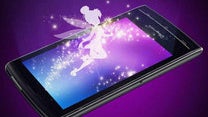
Remember the HTC EVO 3D and the LG Optimus 3D? We won't blame you if you don't. Back in 2011, they made headlines for being the first two globally-available smartphones rocking 3D displays, but they didn't quite spark enough consumer interest to cause a 3D revolution on the smartphone market. That's why we don't really get to talk about 3D smartphones anymore, even though more of them have been launched since the debut of the Evo 3D and the Optimus 3D.
Interestingly, while these two were the first 3D phones to launch around the world, they weren't the first members of the rare breed. It was November of 2002 when the first handset capable of displaying 3D images was released – the Sharp mova SH251iS. The phone was launched only in Japan on local carrier NTT DoCoMo, which is why you've probably never heard of it.
The 2.2-inch, 65k-color display on the Sharp mova SH251iS used parallax barrier technology – the same the Evo 3D and Optimus 3D would use a decade later – to create the 3D effect. Users could perceive depth in images without the need to wear dorky glasses and without experiencing any drastic color distortion. The 0.3MP built-in camera couldn't capture photos in 3D, but an editor application could be used to convert regular, two-dimensional images into 3D ones. One could also download 3D content directly from the internet, of course.
The 2.2-inch, 65k-color display on the Sharp mova SH251iS used parallax barrier technology – the same the Evo 3D and Optimus 3D would use a decade later – to create the 3D effect. Users could perceive depth in images without the need to wear dorky glasses and without experiencing any drastic color distortion. The 0.3MP built-in camera couldn't capture photos in 3D, but an editor application could be used to convert regular, two-dimensional images into 3D ones. One could also download 3D content directly from the internet, of course.
Released in 2007, the Samsung SCH-B710 was another 3D phone, but this time capable of capturing 3D photos, unlike Sharp's model. These were taken with a pair of strategically placed 1.3MP cameras. The phone's 2.2-inch display had a resolution of 240 by 320 pixels and also used the aforementioned parallax barrier technology.
Alas, 3D phones never really caught on, and today, not a single major tech company seems to be willing to give them another try. Perhaps the technology isn't quite there yet, or probably 3D screens are seen as gimmicks by the great majority of consumers. What's your opinion on the matter? Let us know in the comments below!
references: Wikipedia, Pocket-Lint
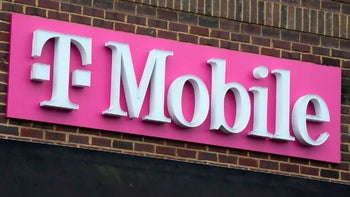


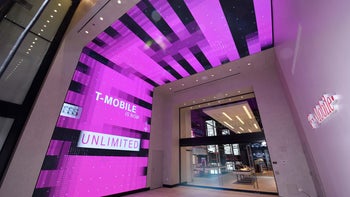

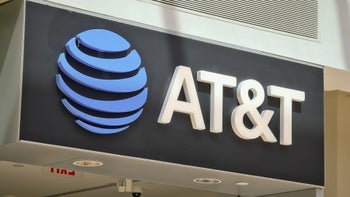


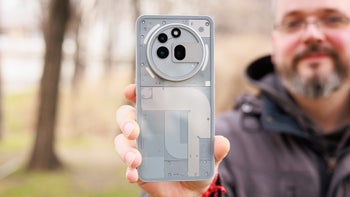
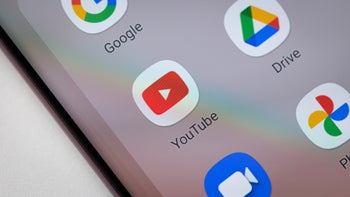
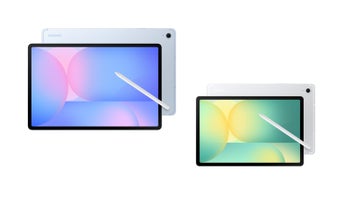


Things that are NOT allowed: